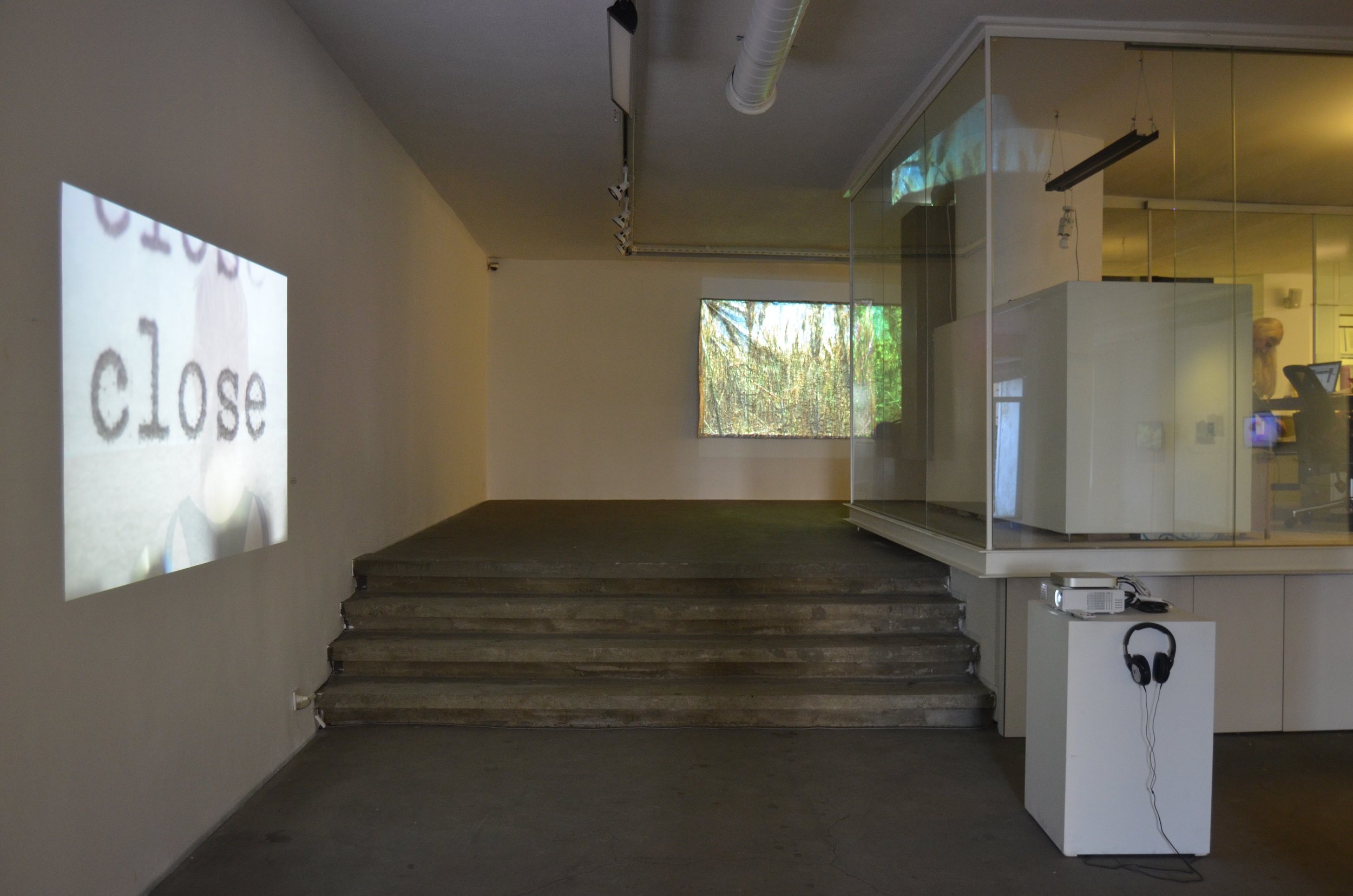Asymmetric Kin
Artists: Michael Dickins, Kristi Hargrove, Jana Harper, Erdal İnci, Jonathan Rattner, Ayşegül Süter & Bahar Yürükoğlu
Curators: Paul Collins, Naz Cuguoğlu, Mine Kaplangı, & Jonathan Rattner
Exhibition Dates:
7 – 10 September 2016, Mixer, Istanbul
1-31 October 2016, Coop Galeri & Seed Space, Nashville
Collective Çukurcuma (Istanbul) and COOP Curatorial Collective (Nashville) present Asymmetric Kin with Michael Dickins, Kristi Hargrove, Jana Harper, Erdal Inci, Jonathan Rattner, Ayşegül Süter, and Bahar Yürükoğlu, curated by Paul Collins, Naz Cuguoğlu, Mine Kaplangı, and Jonathan Rattner, which pairs artists each from Nashville and Istanbul in a 6-month collaborative relationship and explores the effect of political and sociological “asymmetric” dynamics on artistic practices and collaborations.
For artists from Mondrian to John Cage, “asymmetry” has offered a new method of responsive balance in art and aesthetics. Modernist and postmodernist architects, writers, thinkers, scientists and musicians have reestablished the asymmetric as primal. But at the same time, it is an indicator of unfitness in nature and society. The word carries negative connotations in its meaning, having ‘deformity, irregularity, even ugliness’ as its synonyms in dictionaries. Still, we must recognize that we live in a world with growing asymmetric power relations, hierarchies and unequal access to opportunity.
Even as the world seems more globally capable of digital connectedness and dialogue, the overwhelming forces of globalization, regional politics and nationalism make true global sharing of ideas more and more difficult. Taking its inspiration from this point, Asymmetric Kin asks the following question: “Would it be possible to take the political and sociological “asymmetric” dynamics that help define our cities, our nations, ourselves, and take ownership?” By drawing a line between Nashville and Istanbul, by connecting artists from cities with divergent sociopolitical, religious, artistic, cultural, and economic daily problems, Asymmetric Kin is constructing a cultural exchange that hopes to offer up a mirror to these differences.
Yürükoğlu and Hargrove committed early to communicate solely through writing in the establishment of their collaboration. Their conversations extended into such tangents as the pivotal role of place and landscape in shaping identity, personal struggles and family histories, process, language, sound and intuited realities. The medium of language has become the subject in a certain sense in this collaboration. Each artist has interpreted their own guides for translation of this discourse into the visual: Yürükoğlu striving to develop an affinitive visual language through video, layering and sound; and Hargrove by embedding the literal language structures within the digital signatures of images from her own personal lexicon.
Dickins was left alone in this network of asymmetric relations. His work titled “Fake Life Jacket” reflects his own interest in the choices that humans take to help or to hurt other humans; the choice between empathy and disregard. Triggered by the particular story, of selling fake life jackets to Syrian refugees, his piece combines the physicality of a child-sized life jacket with the sounds of children playing in water. The dichotomy of the hearing the playful sounds and seeing the life jacket, on the floor, stuffed with disregarded newspaper, forces the viewer to uncomfortably put themselves on the same level.
Early in their discussion, Harper and Inci settled on the topic of the “architecture of power” with the obelisk as their central focus. Inci, using a photogrammetry technique, concentrates on examples of architectural construction which symbolize “power” throughout history. He highlights the relationship between Theodosius’s Obelisk, the oldest historical obelisk in Istanbul, and the new monumental constructions which compose the power symbols of the today’s world.Harper’s video focuses on the Washington Monument, the highest obelisk in the world and the most visible icon in Washington DC. In her three-channel video, Harper juxtaposes different views of the obelisk so as to explore the fine line between the sublime beauty, the imposing power, and the absurdity of the monumental—the point at which seemingly timeless symbols of power reveal themselves as transient ideological gestures.
Süter and Rattner’s video and sound collaboration “Wheatfields with Sound and Soil or: how to feel deprived of sensation in an old field, 2016” is a video-sound installation that meditates on the desires and consistent failures to move beyond the act of hiding; the attraction to, as well as the burden of, the weight of our secrets and beliefs. Is it possible to move beyond our pasts, our histories, our individuality? Can we overcome the feeling of danger when revealing too much? For weeks, Süter and Rattner passed notes, images, and sounds back and forth. This work is as much about the act of strangers getting to know one another as it is about the confusion of how to inter/re/act in our contemporary landscapes.
* Asymmetric Kin is supported by Turkish Cultural Foundation and Moon and Star Project Grants of The American Turkish Society.
Public Program:
Skype Conversations (moderator: Collective Çukurcuma):
7 September, 19.30-21.30, Mixer, Istanbul
Collaboration in a Time of Politic Uncertainty
Speakers: Paul Collins, Michael Dickins, Jana Harper, Erdal İnci8 September, 16.00-18.00, Mixer, Istanbul
Asymmetric Dynamics in Digital Art
Speakers: Kristi Hargrove, Jonathan Rattner, Ayşegül Süter, Bahar Yürükoğlu
Conversation with Artists and Curators:
12 October, 18.30-20.00, Curb Center, Nashville





